Here we will present blogs about our biodiversity projects such as mapping projects of Artsdatabanken. A special emphasis we will put on our field trips.
Category: Biodiversity
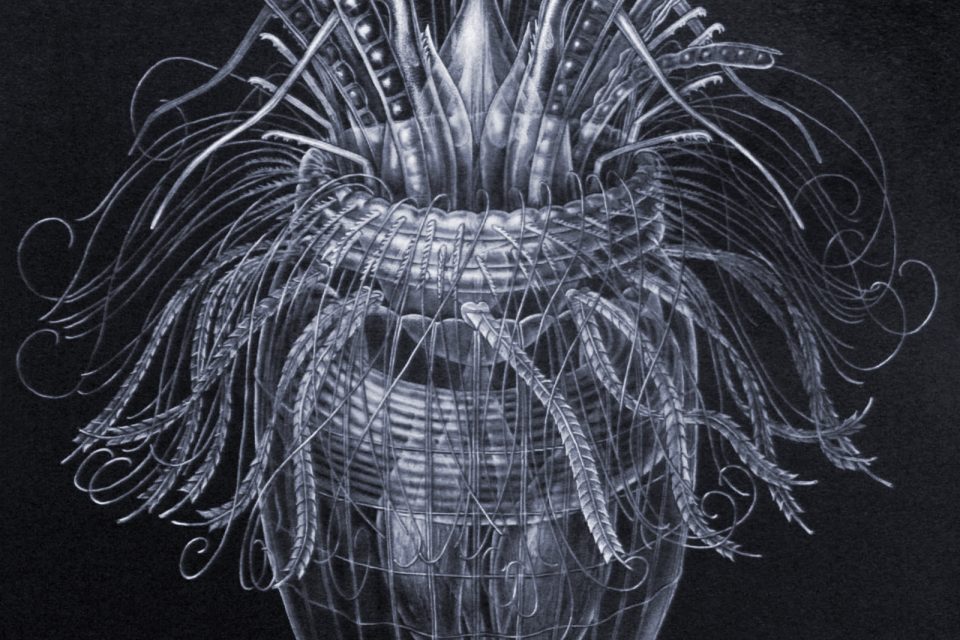
Månedens gruppe: Loricifera
I månedens gruppe i april tar vi for oss en hel fyla!Loricifera er en av de nyere gruppene, og ble først oppdaget i 1983. Siden den gang har 44 arter blitt navngitt, fra Frankrike til Antarktis og Japan, og flere oppdages hvert år. Jeg skrev en artikkel om […]

Group of the month: Loricifera
For April’s group of the month, we’re tackling a whole phylum! As phyla go, Loricifera are one of the newer kids on the block, having been first discovered in only 1983. Since then, 44 species have been named, ranging from France to Antarctica to Japan, and more are […]
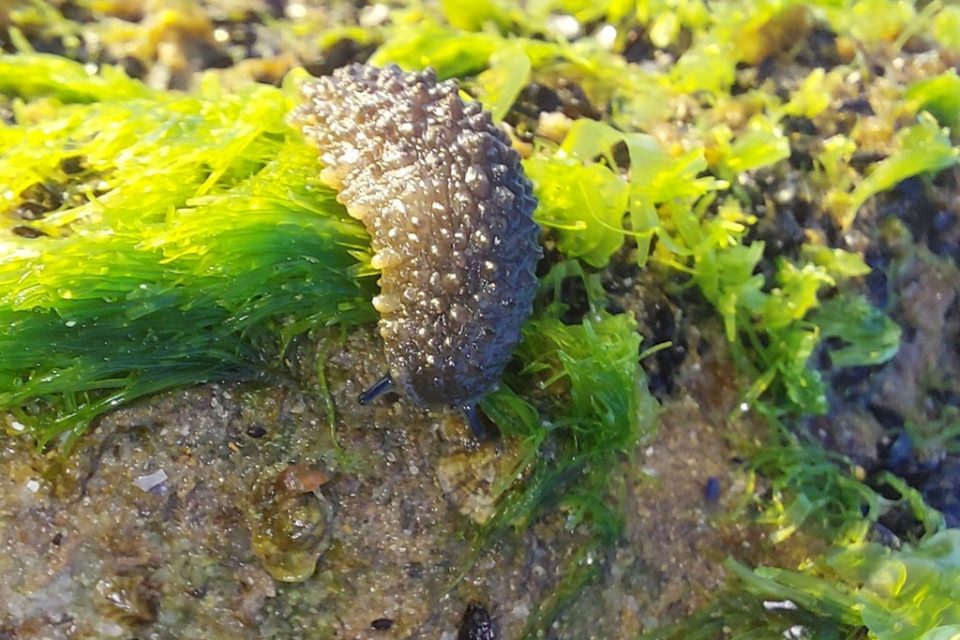
Group of the month: Onchidioidea
Today I’m going to be talking about some cute little slugs, the Onchidioideans. These pulmonate, that is, lung-bearing, gastropods are ubiquitous across the Atlantic and Pacific coastlines, favoring the intertidal. What makes so many gastropods so interesting is their torsion, the rotational steps they undergo during development resulting […]
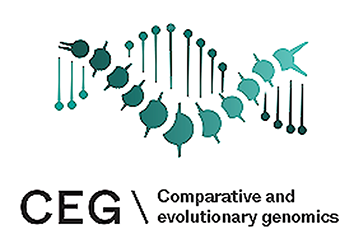
New year – new name; FEZ is now CEG
As written in our last blog of the advent calendar, we had many changes already last year with a new group leader and a new group webpage, which we is still develop further this year. However, another change becoming effective this year is that we change the name […]
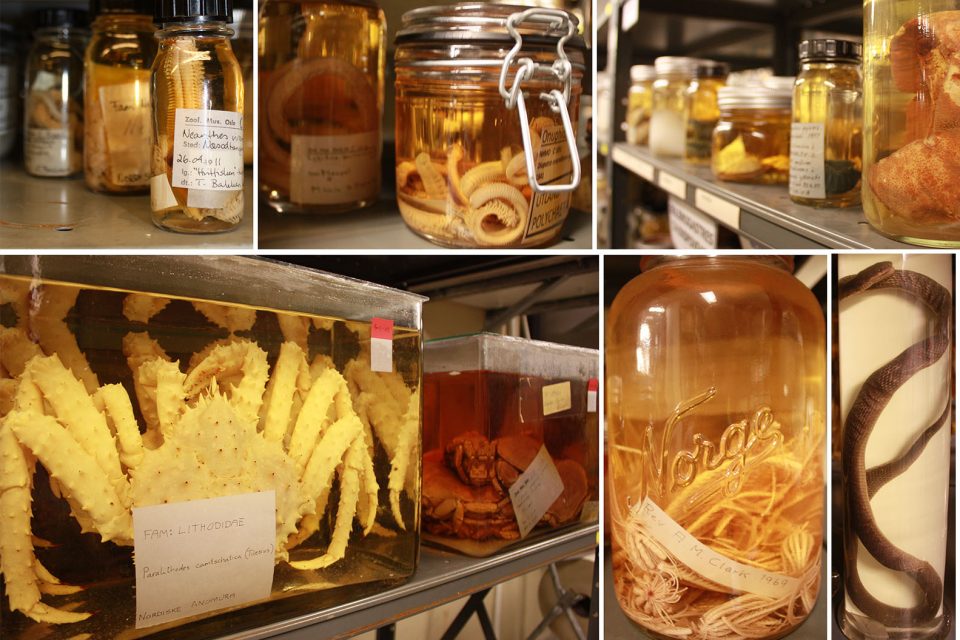
Raising the treasure of the collections for barcoding
The Biodiversity Genomic Europe (BGE) project has three streams dealing with the biodiversity crisis. In the blog so far, we have mostly presented about one stream, the European Reference Genome Atlas (ERGA) one concentrating on the genomic side of the project. However, another stream is concentrating on the […]
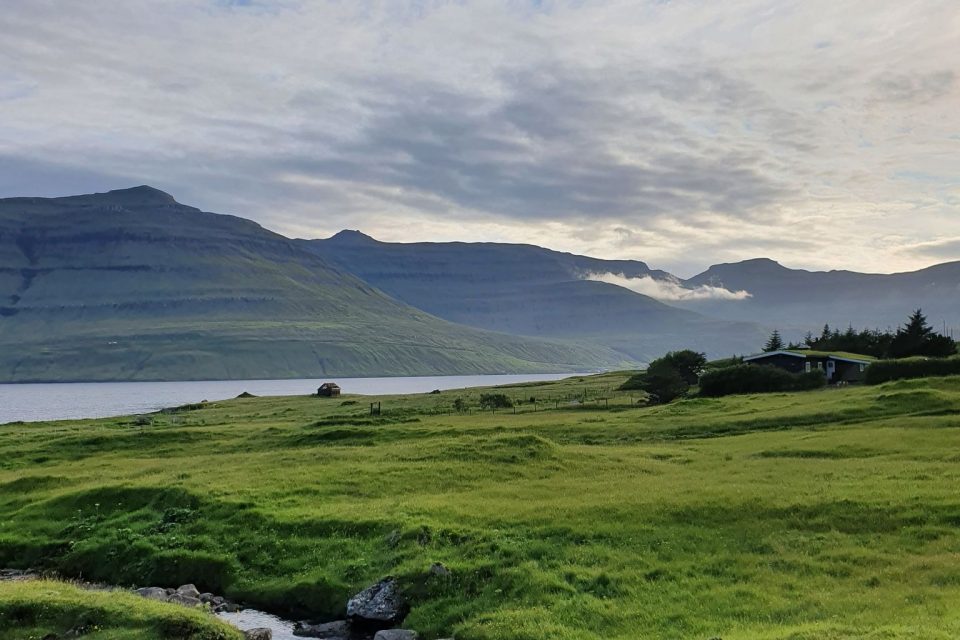
Door 13: The diversity of tasks for a PhD-student at NHM
Today is the 13th of December, as today I have chosen a different aspect of “diversity” namely the diversity of tasks a PhD-student at the Natural History museum can and have to do. Being a PhD-student involves a rollercoaster of emotions and a very diverse, flexible, demanding and […]
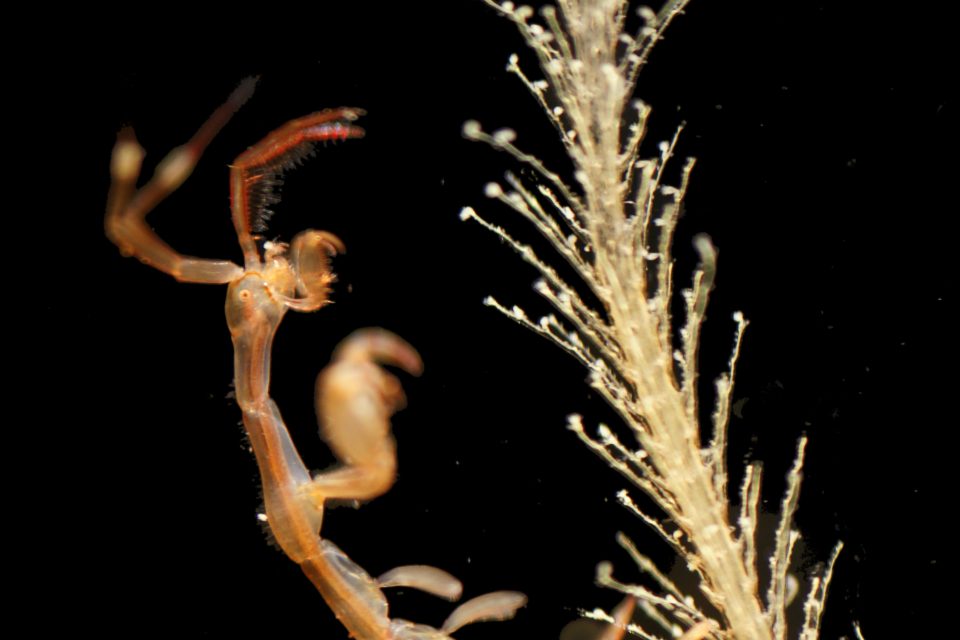
The hidden invasion along the Norwegian coast
Last week Line Willersrud, a Master student in our group, successfully defended her Master thesis “Assessing genetic biodiversity in Caprellidae”. She worked very hard for her thesis by collecting caprellid species along the Norwegian coast as part of the Artsdatabanken project “Assessing biodiversity in the marine algae belt“, […]

Teaching about sea squirts, worms and skeleton shrimps in Drøbak
As part of the ArtsDatabanken project “Assessing biodiversity in the marine algae belt“, we taught a class of eager students and consultants about the species of our project. The course did not only comprise theoretical lectures, but really hands-on experience. We went out to different spots in Drøbak […]
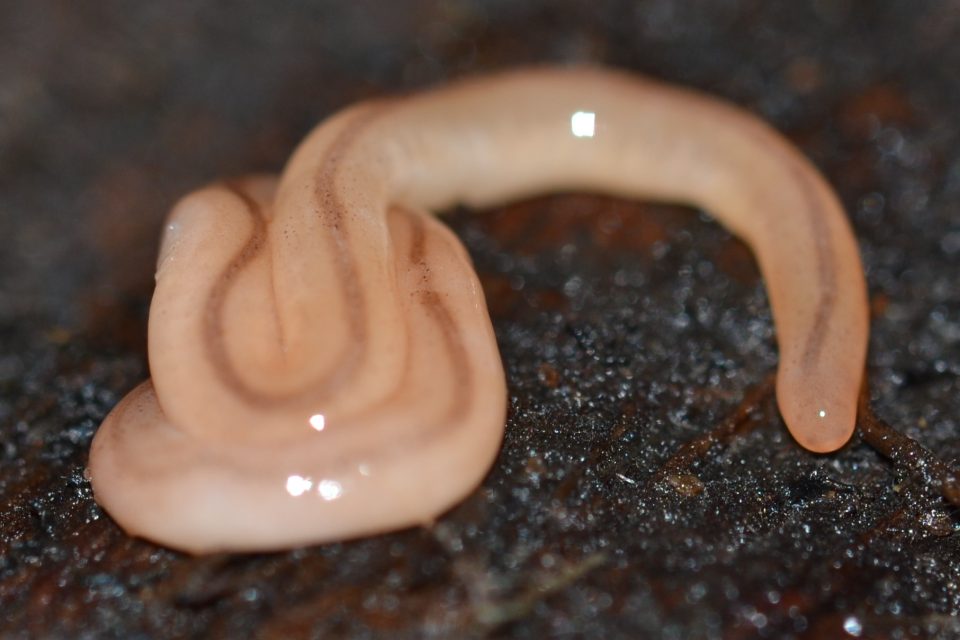
Group of the month: Nemertea
This month’s group of animals on the spotlight are nemerteans, also known as ribbon worms, vermiform creatures belonging to the phylum Nemertea. They include more than 1300 species, typically long and slender with soft contractile bodies. Most nemerteans are marine, predominantly benthic or bottom dwellers, but some species […]
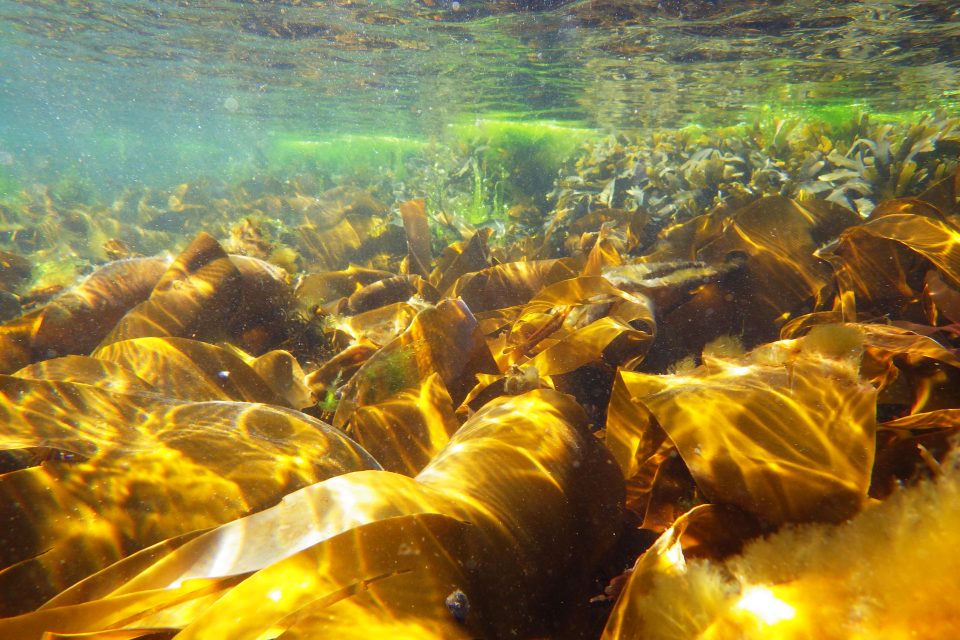
How to spend summer in Norway: fieldwork on the west coast
Summer is here, so it’s time for the Artsdatabanken project team to go back to the field. Or to the sea, in our case. After driving 500km from the east to the west coast, through beautiful mountains and majestic fjords, we arrived at Austevoll (Figure 1), an archipelago […]